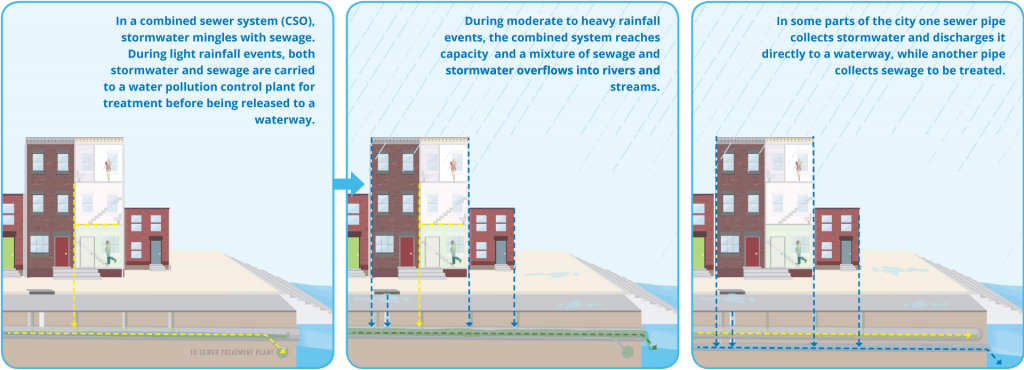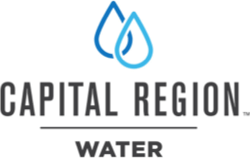Please note: The map may take a moment to load. Thank you for your patience.
Check the map for updates on combined sewer overflow (CSO) activity occurring before swimming, wading, fishing, or boating near a CSO warning sign. Each site indicates a specific CSO within Capital Region Water’s service territory.
| Warning Code | Warning Description |
|---|---|
| CSO at this location discharged in stable conditions. Not caused by a weather event. | |
| CSO at this location discharged during a weather event. (Rainfall or snowmelt) | |
| CSO at this location has not discharged. | |
| CSO at this location has water entering the outfall. |
Report a Problem
By reporting problems you see, you can help us to identify larger issues that need attention.
Contact Customer Service
If you need support related to your service, please use our customer support area.
Updates & Alerts
Sign up for our emergency alert system to get the most up-to-date emergency info.

What is CSS?
About 60% of Harrisburg’s sewer pipes are part of a Combined Sewer System (CSS). In a combined system, stormwater and sewage are conveyed in the same pipe. Harrisburg is one of nearly 800 cities across the country with a combined system.
During dry weather, sewage is transported to our Advanced Wastewater Treatment Facility to be treated before entering the Susquehanna River. During wet weather events, stormwater flows exceed the capacity of the sewer system, causing a mixture of sewage and stormwater to overflow into the Susquehanna River and Paxton Creek.
Capital Region Water implements an integrated outreach and education program to ensure our customers and stakeholders recognize the importance of stormwater management and pollution prevention. These efforts are integrated under a framework that serves to ensure compliance with overlapping regulatory requirements – MS4 Minimum Control Measures (MCMs), CSO Nine Minimum Controls (NMCs), Paxton Creek Total Maximum Daily Load (TMDL) Strategy, and Chesapeake Bay Program. There is significant overlap between MS4 MCMs #1 and 2 regarding public education and involvement and NMCs #7 and 8 regarding pollution prevention programs and public notification.
Get In Touch
Fill out the form or use any of the contact options listed to get in touch with a member of our team.
Media and Press
Rebecca Laufer
External Affairs Manager
rebecca.laufer@capitalregionwater.com
